House of Marley Destiny TTR Review
House of Marley Destiny TTR
High-end headphones of leather and aluminium. Can they beat the Beats?
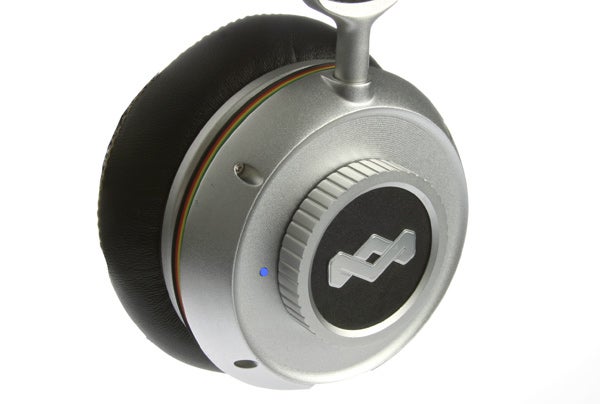
Verdict
Pros
- Metal and leather construction
- Great build quality
Cons
- Bass at times poorly controlled
- Noise cancellation just OK
- A little heavy
Key Specifications
- Review Price: £249.99
- Noise cancellation
House of Marley is a newcomer to headphones and earphones. But it has arrived to the market with a force that’s most un-reggae-like, despite being effectively Bob Marley-branded. There are eleven models, each with their own colour variations – and right up at the top sit the House of Marley Destiny TTR. They are over-ears noise cancelling headphones that use “natural” materials like leather more extensively than almost any other pair we could name. 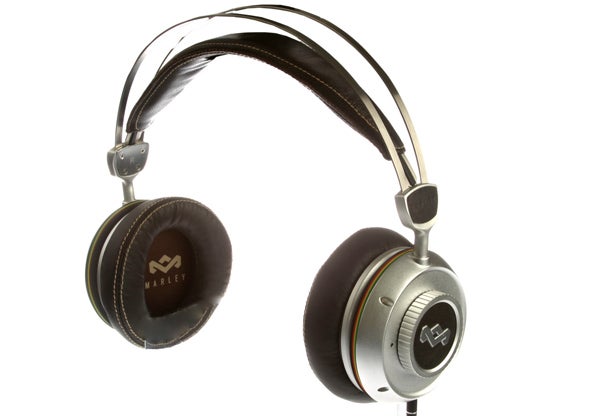
The House of Marley Destiny TTR headphones have been designed with a conspicuous style in mind. In that sense, they’re comparable to the Beats Noise Cancelling model, which costs £30 more than the £249.99 Destiny set. The vibe they seek to emanate is altogether different, though – more jammin’ than Ja Rule. They’re still visually very bold compared with the more subdued on-ears Freedom Exodus pair. You will need to either be a lot cooler than we are, or not care about what people think, to pull them off without getting the occasional disapproving glance.
While the look is an important part of the House of Marley Destiny TTR marketing, it’s not style over substance in the most literal sense. Build quality is superb. The body of each earpiece and the whole frame of the headphones are made from aluminium and steel, which feels a lot stronger than the plastic used in most sets. All the metalwork is either brushed or anodised to avoid looking too garish.

All this metal predictably makes the headphones heavier than most. They weigh 390g without the cable but with a pair of batteries in, which is a good 100g heavier than most over-ear rivals. This leads to more movement on your head while walking about. These are absolutely not headphones to go out running with, but we found them fine when walking – they don’t feel like a lead weight on your head like the excellent but seriously heavy Grado PS1000.
They are comfortable, although at first it feels as though they grip the area above your ears far more tightly than below them. They need a few minutes bed-in. Comfort-wise they succeed against all odds because of the great leather-lined earpads and headband. Using natural ingredients here won’t please everyone – it is animal hide after all – but helps to reduce unnecessary heat more effectively than some synthetic alternatives. The headband adjusts to your noggin size automatically, and with a smooth movement that’s once again indicative of the high quality of construction here.
Another feature we’re happy to see included is a removable cable. Unlike the comparable Sennheiser HD 598, there’s no locking mechanism to keep the cable in place, but removing it does require a firm yank and we didn’t find accidental unplugging a problem. The connection is a standard stereo 3.5mm one, so you can replace it very easily – although then you’ll miss out on the handsfree kit built into one of the included cables. 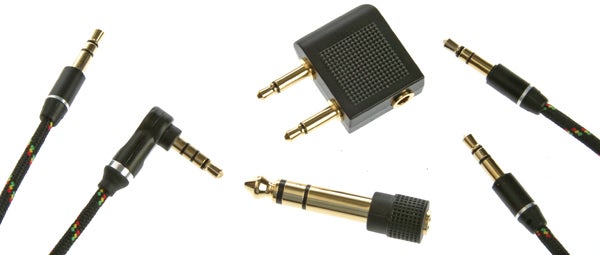
There are two cables: one with a right-angle jack and handsfree kit and another with a straight jack and longer ~3m cable length. Although both use 3.5mm plugs rather than the 6.35mm plug associated with more serious headphones, the latter is clearly intended for at-home use, and House of Marley includes a 6.35mm adapter for just this purpose. 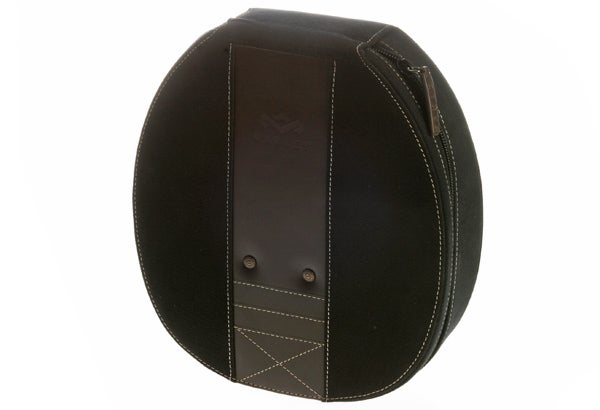
Other accessories included as part of the standard package include an airplane adaptor and an excellent headphone case. It’s lined with fabric but has a rigid skeleton to protect the contents from knocks. As the headphones don’t fold up, it’s fairly large, but looks classy in black fabric and brown leather, with neat white stitching the stylistic white chocolate sprinkles on top.
The green, yellow (or gold) and red motif seen all the way down the headphone cables, which acts as a little rubber border between the ear pads and cups, is the one conspicuous nod to the series’s Bob Marley, or Rastafarian, roots. These are the colours of the Rastafarian flag, symbolising peace and love and other such pleasant things.
Whether the aims of this movement can, or should, be injected into a pair of headphones is a debate we won’t enter into here. But feel free to let us know your thoughts in the comments.
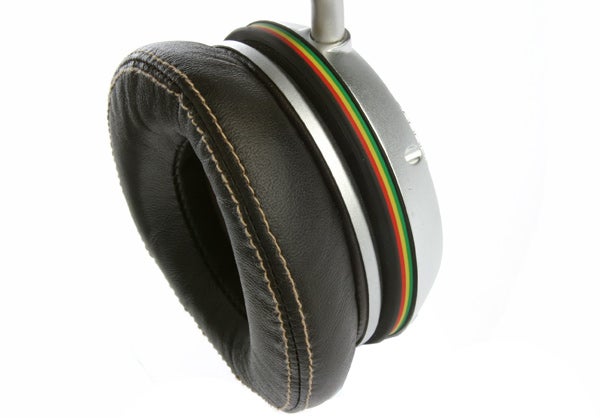
Much more within our remit is the House of Marley Destiny TTR noise cancellation feature. This listens to ambient noise and pumps through an inverse sound wave to negate it. This is what the sticky-outy bits on the back, bearing the House of Marley logo, are for.
The one on the left side acts as a switch, turning the noise cancelling feature on and off. It needs to be on for any music to play though, as the signal cuts out entirely when cancellation is turned off.
The other side is a twist-to-release battery cover for the two AA batteries that power the headphones. Unlike the Bose QC3, standard batteries are used instead of rechargeables. Battery life is very good though, and while House of Marley hasn’t released any figures about exactly how long it should last, a single pair lasted the majority of our two-week test period.
They can’t match Bose’s best for sheer noise cancelling performance, though. Basic ambient hums are removed, but it doesn’t come close to the eerie vacuum of noise that the best noise cancelling creates, and it adds more hiss to the output than the Bose QC3. It sounds much closer to entry-level (well, £60) cancellation solutions, which is a bit disappointing when this pair costs £250.

Noise cancellation can’t match the best
There is a positive side to this more laid-back approach to the technology, though, as it doesn’t create the strange feeling of inner-ear pressure that more aggressive alternatives can foster. If you’re not used to noise cancellation, this can cause discomfort or even feelings of nausea – and we doubt the Destiny TTR would instigate such problems apart from in the most sensitive of ear canals.
If noise cancelling is a top priority, do consider the Bose models as they offer the best mainstream implementation of the tech we’ve tried. If it’s just a nice extra, ask yourself whether the need for constant battery power will get on your wick.
After having gone on about quite how much better the last Bose headphones are at noise cancelling, we’re happy to report that the House of Marley Destiny TTR do sound better, at least in some respects. They offer a nice wide sound for a closed-back pair and a detailed, well-resolved treble that’s a little more insightful and better-defined than the Bose.
At £250 they won’t challenge the best on-ear headphones around at the price, but this has become something you simply need to accept when looking for a noise cancelling headphone. With most musical styles, they sound great, handling music that might tend towards harshness and sibilance and supplying scale we always long to hear in full-size over-ears headphones.
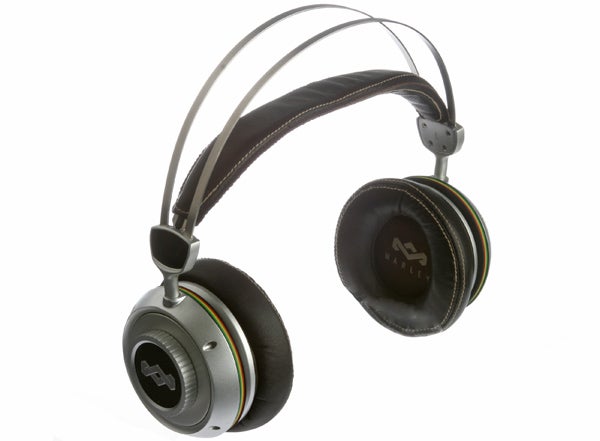
However, the sonic complaint we raised about the TTR’s series siblings, the People Get Ready and Zion Mist, crop up here too. There’s often simply too much bass, ramped-up to a level that’s out of proportion with the rest of the sound. It’s not fast or taut enough to avoid booming out in more low-end-heavy music, spoiling what’s an otherwise very pleasant sound signature. It’s this that once again demonstrates that these headphones are primarily an alternative to the noise-cancelling Beats by Dr Dre model – which are comparable in price at £280, and pretty bassy.
It may sound as if we’re bass-dodging fun haters, but the truth is quite the opposite. Some of our favourite sets of the past year have been thunderous basshead pairs, such as the Sennheiser IE8i and Grado PS1000, but a poorly-controlled low-end will ruin the pace and slam that the bass is there to supply. And, unfortunately, it sounds as though the big booty dial has been turned a notch or two too far here, unsettling the sonic balance. This becomes most prominent in dance, rock and – sure – reggae, which is an issue as these are likely to be favoured genres of the House of Marley demographic.
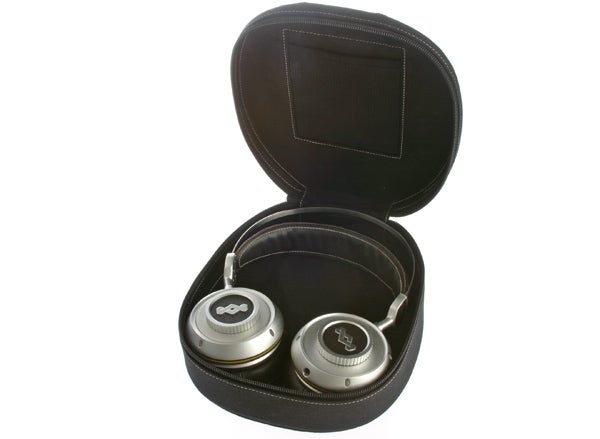
If sound quality is your only concern, then, we can’t say that these headphones represent cracking value for money – but then the same is true of most of their direct competitors. Bose, Beats and Sony’s bass-heavy MDR-XB700 all trade style, “marketing” or sheer bass volume for sonic fidelity. And that’s why none of them received our recommended stamp. And it’s also why we can’t give one to the Destiny TTR. They’re certainly not without merit, though. The materials used to make them are top-notch, building quality is impressive, and while they’re heavier than most, the leather earpads make them comfortable to wear for long periods.
Verdict
Eye-catching and immensely well-built, the House of Marley Destiny TTR offer a pretty alluring alternative to the £280 Beats by Dr. Dre noise cancelling model. They won’t worry the best over-ears pairs at the price on sound, with bass that’s at times overblown and less than perfectly controlled, but if you can’t bear the thought of wearing boring old black headphones, there’s no denying these are some of the most interesting-looking over-ears cans around.
Trusted Score
Score in detail
-
Value 6
-
Design & Features 9
-
Sound Quality 7


